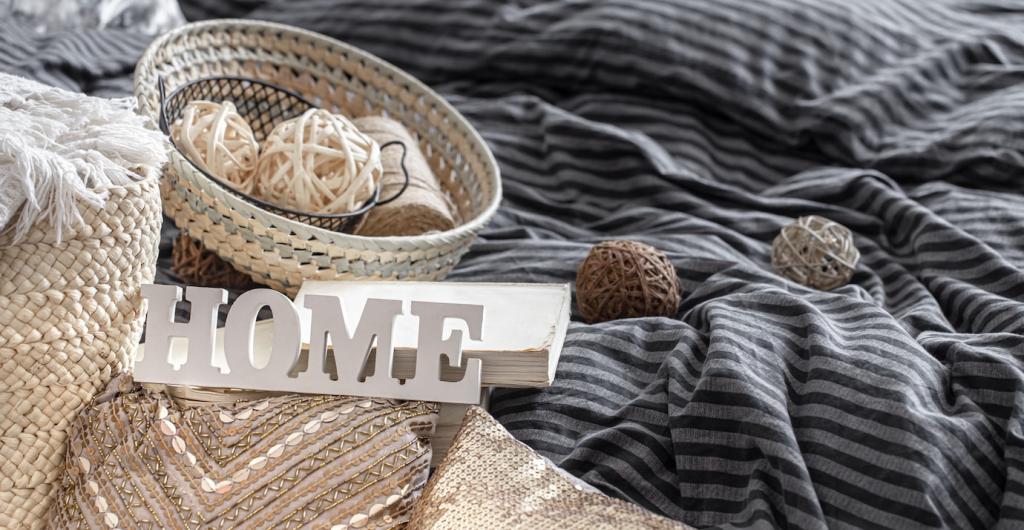Case Study: The Pallet Coffee Table That Sparked Conversations
We chose a heat-treated pallet with straight boards and minimal stains, then cleaned, de-nailed, and sanded to a satin touch. Gaps were filled sparingly to keep character. A gentle, low-VOC oil deepened the grain. Have you transformed a pallet safely? Share your prep steps so others can follow with confidence.
Case Study: The Pallet Coffee Table That Sparked Conversations
Hairpin legs lifted the bulk visually, while a recessed shelf handled magazines and remotes. We softened edges to protect shins and added felt pads for quiet movement. The piece blends industrial lines with warm, hand-rubbed finish. Would you choose casters instead? Tell us how you’d tune this upcycled staple for your space.



